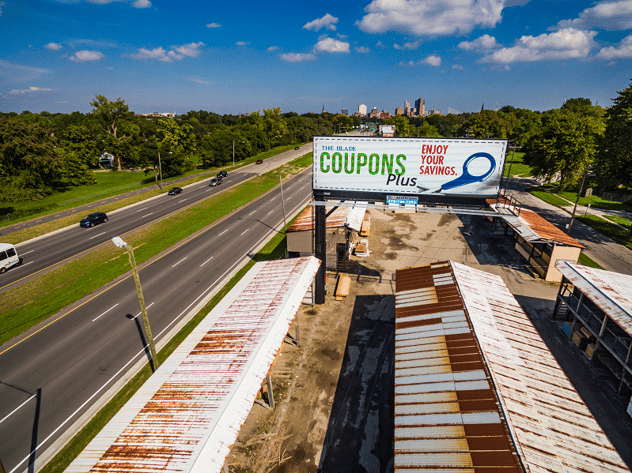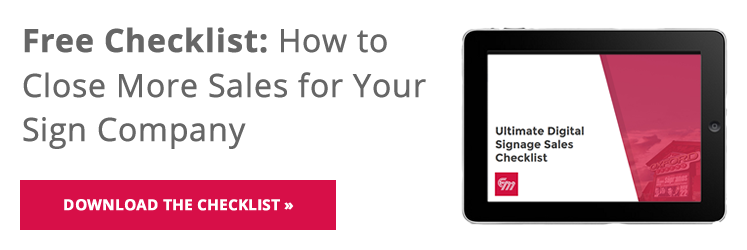A digital LED display is like a personal billboard for a customer's establishment, except smaller and more customizable. When talking to customers about Electro-Matic's LED signs, there are some common questions asked, to which have simple answers we would like to share:
How Long LED Displays Last
Typically, LED displays last for 100,000 hours. If you are running the sign for 24 hours, every day, then this equates to about 10 or 11 years. In most applications, this isn't necessary, so you'll find that your sign can last for many more years.
Cost of Digital Signage
There are multiple determinants of cost for LED displays. All digital LED displays are built to our customer’s specification.
Specifications include:
- Physical size
- Resolution of the display
- Full color or Monochromatic
Resolution and Pitch
The tighter or smaller the “pitch” is one of the biggest determining factors when it comes to cost. For example, 20mm pitch means there are 20mm of space between each LED in a pixel. So, when you’re looking for a better resolution you would consider upgrading to a 16mm pitch because the LED’s are closer and the display will look less pixelated.
As the technology gets better so does the price. Also, when determining your pitch, you have to factor in your sign location. Sometimes you may have a sign away from the road 10’ in the air and people are driving 45 miles per hour. In this case, you might not need the value buy and be more cost effective with a 20mm display.

While there are standard sign resolutions, your customer's resolution will depend on their sign's size and distance.
Monochrome Unit vs. Full-color LED Displays
In the industry, there are two different styles of digital LED displays. There is a monochrome single color unit that typically has two options, red or amber. These displays are fully programmable with text, graphics or even full animation. However, there is only one LED per pixel that works off a gray scale to show dimensions etc. A full-color display has 3 LED’s per pixel and are called out by a Red, Green and Blue LED. These three LED’s work together to create billions of colors on a display, where you can now utilize text, graphics and animation with a more vibrant look and eye grabbing appeal.
The Brightness
LED display brightness is measured by NIT levels or the visible-light intensity. Usually displays are around 5000-10000 NIT’s and have a built in auto sensor that reacts off of ambient light. You also have the ability to control NIT levels manually in our software using 129 different options.
Displaying Content
There are a few ways to communicate with our LED displays. Most of our applications call for a wireless radio connections, that needs a clean line of site with a distance of 2 miles. There are also direct connect Ethernet cable or even a cellular connection. Again, it all depends on each individual application.
Creating Content
Creating and uploading content for your LED displays has never been easier. With Vue Software by Electro-Matic, you are able to use pre-made templates as they are, customize them with your own designs, and/or create content completely from scratch.

Effectiveness of Digital LED Displays
According to the SBA, (Small Business Administration) businesses that install LED signage typically see an increase of 15-150% in sales revenue. This complete report can be downloaded from our homepage visual.electro-matic.com. The key to generating more business with your LED sign is to have great looking content.
How an LED Display Takes to Build
Our build time for our displays are typically 2-4 weeks with a QC period of 72 hours before we ship. Another nice feature for local companies near and around Farmington Hills, MI have the ability to come and pickup their display and save on delivery costs.



